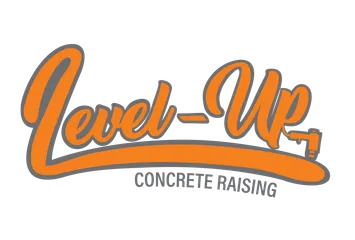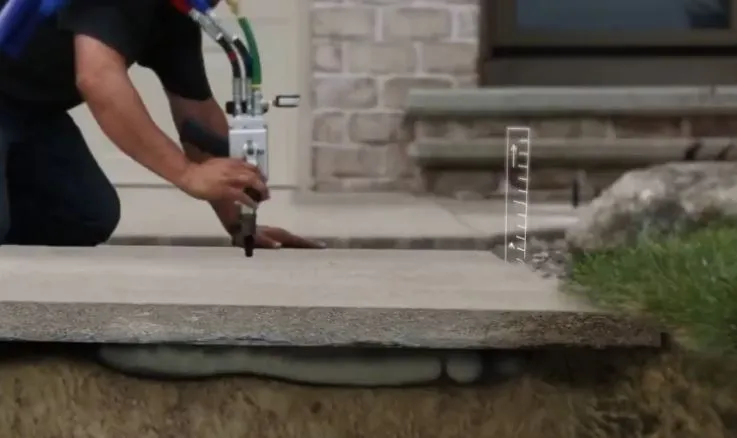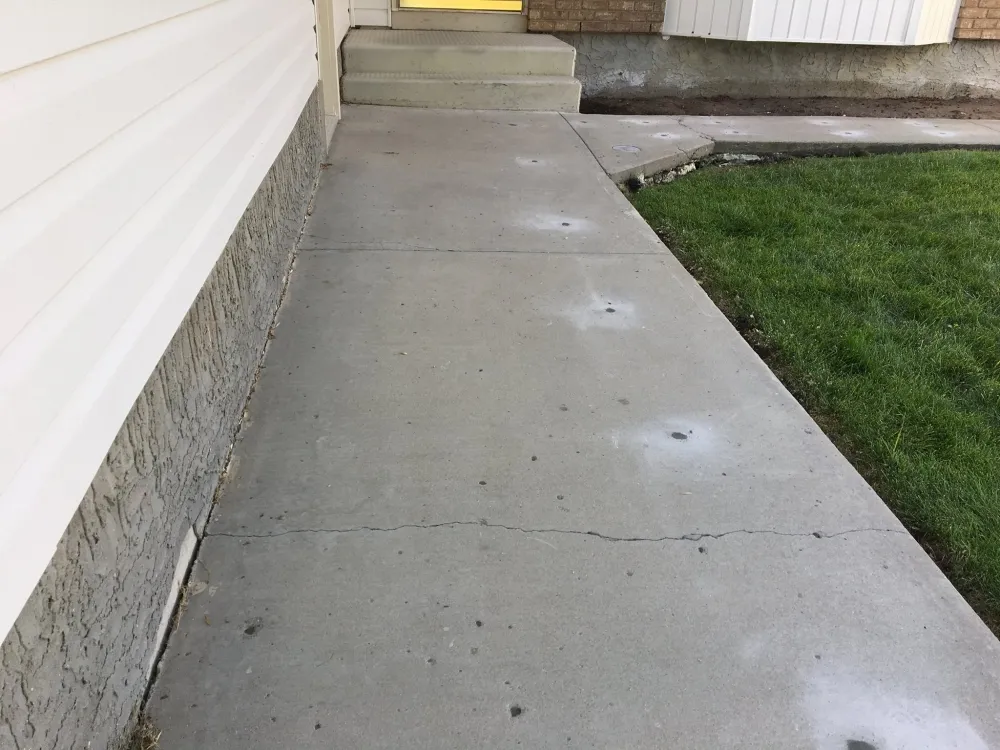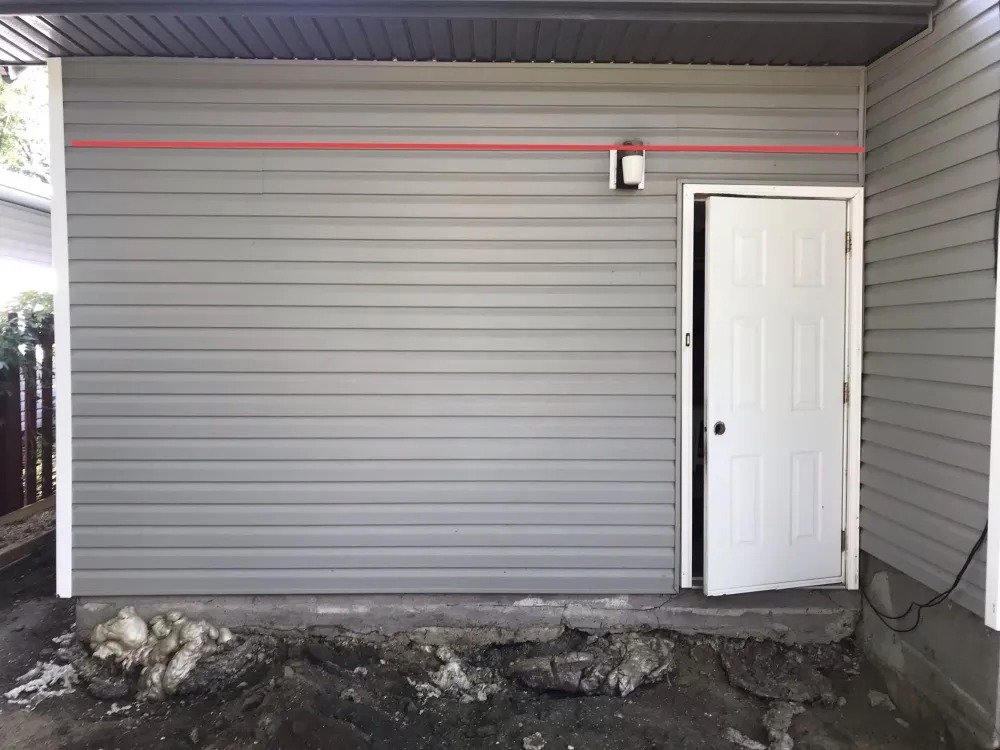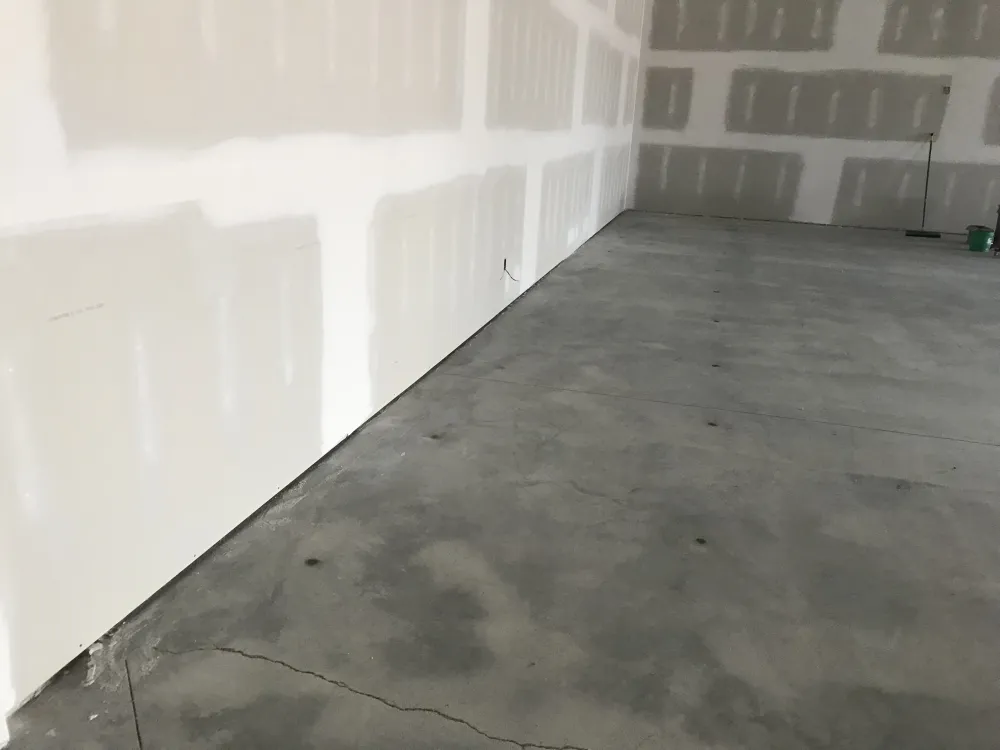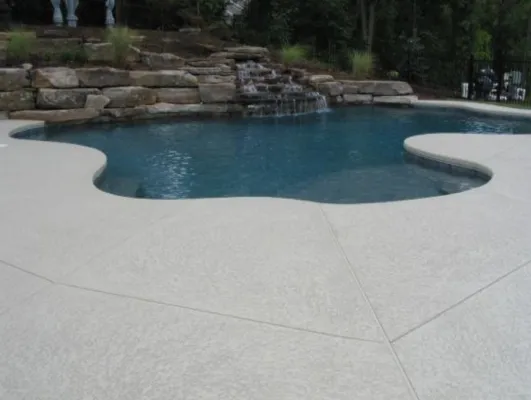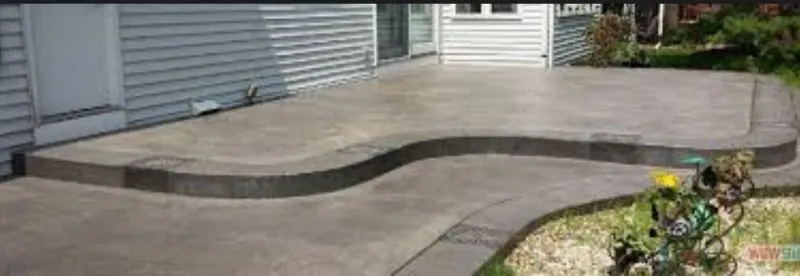Residential Concrete Levelling
A fantastic alternative to traditional mudjacking or replacing your concrete is Polyurethane concrete raising. Using polyurethane over traditional mudjacking comes with many advantages, and often the process will save you over 50% of the cost of replacement!
The most frequently asked question we get from homeowners is often how long the work should take to be completed. If you begin to notice a small trip hazard or crack in your concrete, don’t wait until someone falls or until the crack gets more prominent and cannot be repaired. Another example of maintenance is when concrete pads, driveways or sidewalks start to tip towards the foundation; don’t wait until water seeps into your basement. Often, this is noticed when a musty odour is present, the floor is damp, or in some cases, mould appears. You should correct the slope of the concrete as soon as possible if you notice water “pooling” beside your foundation.
In conclusion, there are many benefits to having Level Up provide you with an estimate, often we point out ways of saving the homeowner thousands of dollars either presently or in the future.
Contact us for a free estimate; we will let you know whether you should level and repair your concrete, or possibly even replace it. Quite often, homeowners are pleasantly surprised when they discover they can have perfectly aligned concrete again, without replacing it! We will save you time and money, and in a matter of a few hours or even minutes, you will have the ability to use it that same day!
Another very common question is “Why did my concrete settle”? There are many reasons; poor compaction when the home was initially built. If the soil was wet or frozen when the foundation was backfilled the “chunks” of soil would be much larger than if the home was backfilled with sand. In wetter years, these “chunks” may not break down, but in drier years, trees and vegetation can dry out the “chunks” causing settling where the foundation was originally excavated. When this occurs, the soil settles, and voids are created below the concrete reducing the slabs support. There are many other reasons for concrete to settle such as the size of the steel dowels that are used. A hole is drilled into the foundation; the dowel is then inserted into the hole while the other end is then tied to the rebar that is in the concrete slab. Often you will notice when a slab settles against a foundation small rusty pieces of metal are present, these are usually the dowels. If the holes for these dowels were not drilled far enough into the foundation, were too big in diameter, or at the proper angle, they will simply pull out of the foundation. Also, these dowels can be too small in diameter for the weight they support, or they simply rusted through, causing your concrete slab to fall.
